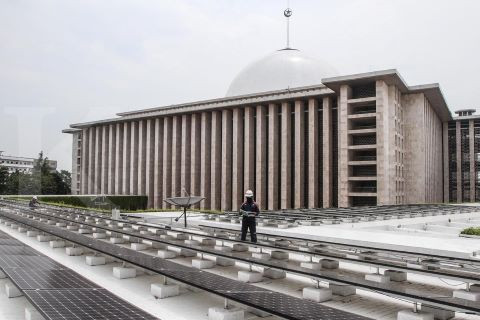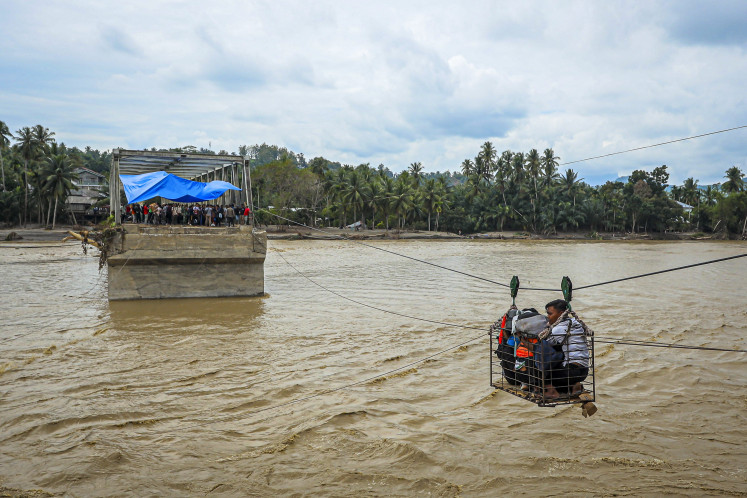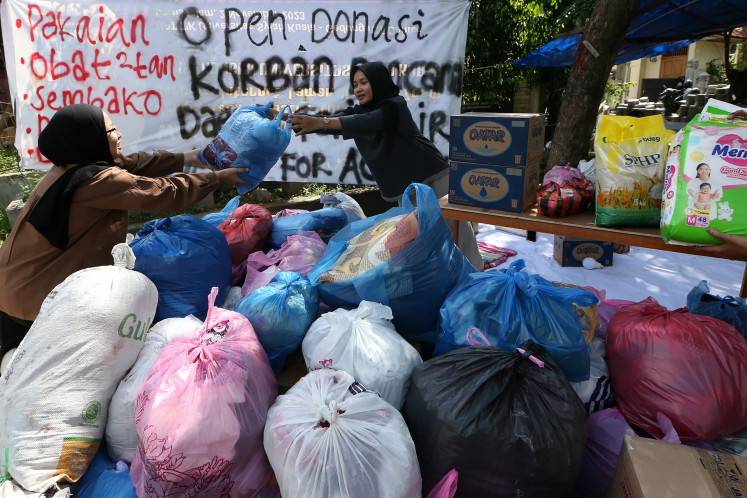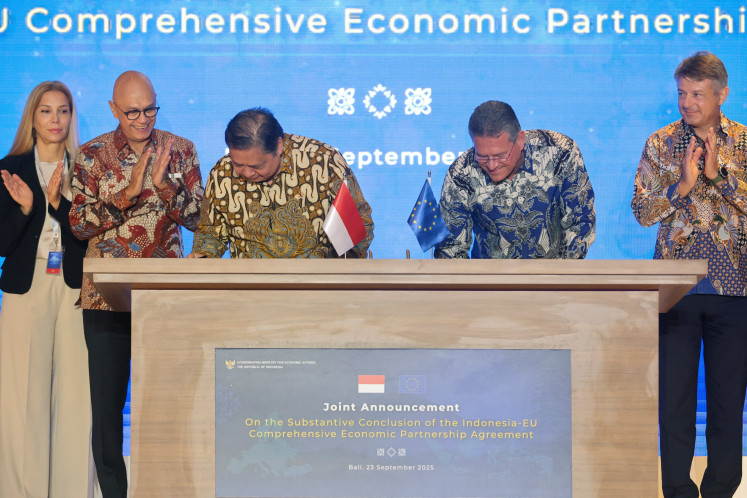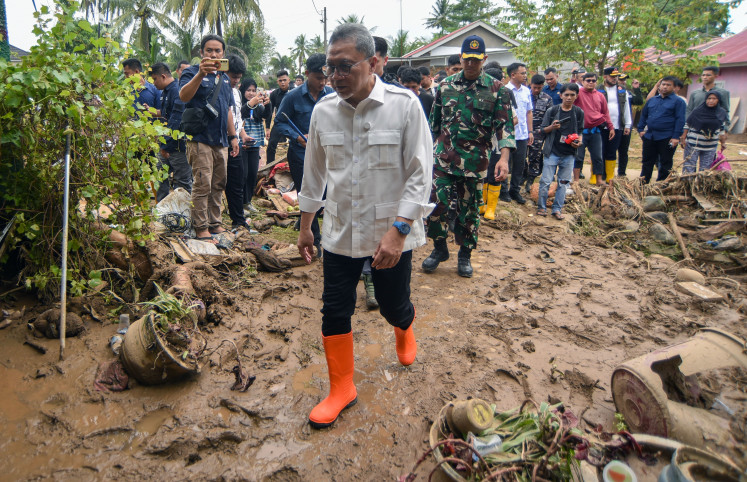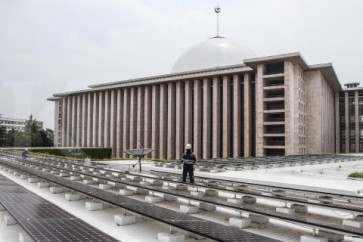Popular Reads
Top Results
Can't find what you're looking for?
View all search resultsPopular Reads
Top Results
Can't find what you're looking for?
View all search resultsHow religions can catalyze environmental action
Several other places of worship in various religions have “led by example”, exemplifying the importance of the introduction of environmentally friendly practices and technologies to worshippers.
Change text size
Gift Premium Articles
to Anyone
A
t the very core of human nature is religion. Since our very beginnings, a diverse array of religions have existed and continue to do so, each providing its explanation of our meaning and purpose in this world.
According to the VisualCapitalist, 84 percent of the world’s population associates with a particular religion. Religious beliefs guide us to live in accordance with practices and principles, from the most general ways of life to more specific ones, such as dictating one's clothing and speech.
Due to the unprecedented climate crisis, many are exploring the role of religion as a bridge to environmental action. As religious communities put more focus on their responsibility to protect the planet, it is worth discussing examples of how we can better maximize our faith in the earth.
In many households, especially in the developing world, parenting is centered around religious teachings. Children as young as two or three years of age can effectively memorize excerpts of holy books and prayers while being able to emulate any physical forms of worship from those around them.
The effect of these impressions, teachings and examples cannot be understated and often persist into later stages of life. Improved incorporation of environmental teachings into religious education can spur increased awareness and encourage the upcoming generation to practice more sustainable lifestyles. While parents need to provide suitable examples, more formal avenues, such as through schooling or extracurricular programs should be explored as well.
A survey by UNESCO, the United Nations cultural organization, in 2021 that reached more than 60,000 teachers worldwide concluded that while 95 percent of teachers feel that climate change is an important topic to teach, less than 40 percent are confident in teaching about it. If we can effectively link science with religious teachings, which are often more practical, students can be given concrete steps to start sustainable practices, even though they may not yet fully understand the effects and severity of the climate crisis.
This is not to understate the importance of a holistic understanding, but starting in the right direction might inspire curiosity and further action beyond the classroom. This further underscores the importance of climate upskilling for teachers and parents alike.

